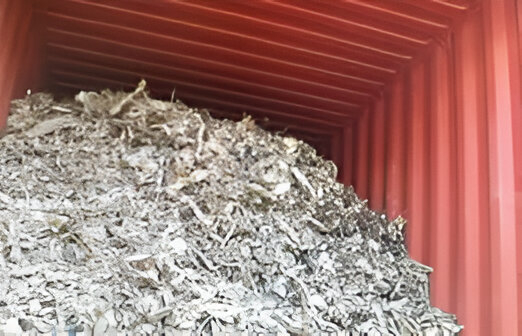Introduction In the world of metal recycling and steel manufacturing, iron scrap plays a pivotal role. Its reuse helps conserve natural resources, reduce production costs, and support sustainable industrial practices. However, not all iron scrap is created equal. Understanding the different grades of iron scrap is crucial for professionals in recycling, trading, foundries, and steel manufacturing. In this blog, we explore the various types of iron scrap, their characteristics, and why they matter.
1. Heavy Melting Scrap (HMS)
Grades: HMS 1 and HMS 2
- HMS 1: Clean, heavy iron or steel scrap with a minimum thickness of 6 mm. Free from galvanized or blackened steel.
- HMS 2: May include thinner steel (minimum 3 mm), galvanized or painted material.
Key Traits:
- High density
- Magnetic
- Widely used in electric arc furnaces (EAFs)
Applications: Steel production, especially in regions with large-scale melting operations.
2. Cast Iron Scrap
- Sourced from old machinery, engine blocks, manhole covers, etc.
- High carbon content, brittle in nature
- Dense and heavy
Applications: Preferred in foundries to create new cast iron products like pipes, engine blocks, and industrial components.
3. Shredded Scrap
- Small, uniformly processed pieces of scrap (usually under 60 cm)
- Sourced from car bodies, appliances, and light steel products
- Low contamination and residual content
Advantages:
- Clean and easy to melt
- Ideal for induction and electric arc furnaces
4. Bundled/Pressed Scrap
- Thin sheet scrap compressed into bales
- Commonly sourced from car bodies, roofing sheets, and appliances
Drawbacks:
- May contain impurities (paint, plastic)
- Lower density compared to HMS
Usage: Economical choice for large-scale melting operations where minor impurities are manageable.
5. Plate and Structural Scrap (PNS)
- Heavy steel cuttings from structural works, shipbreaking, and bridges
- Larger in size than HMS, but with similar melting characteristics
Preferred in: Rolling mills and heavy steel reprocessing units
6. Turning and Boring Scrap
- By-product of machining operations (lathe, milling machines)
- Small chips and curls
- Often contaminated with cutting oils or coolants
Note: Needs cleaning or pre-treatment before melting
Commonly used in: Secondary steelmaking and low-grade casting
7. Foundry Grade Scrap
- Selected scrap with minimal impurities
- Specially sorted for use in casting foundries
Characteristics:
- Low phosphorus and sulfur content
- Consistent chemical composition
Usage: Precision casting for automotive, railways, and heavy machinery parts
Conclusion :
Understanding and using the correct grade of iron scrap ensures:
- Optimized melting efficiency
- Consistent product quality
- Better cost management
- Compliance with industry standards
Grading iron scrap isn’t just technical jargon; it’s a necessary practice that drives quality, pricing, and process efficiency in the metal recycling and steel industries. Whether you’re a scrap dealer, foundry manager, or sustainability officer, knowing these classifications empowers better decisions and enhances the value chain




